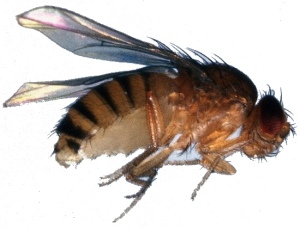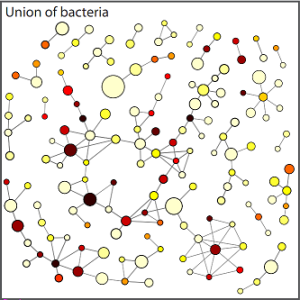My brother was born blue.
He wasn’t cold, and he didn’t have silver toxicity, or any of the multidues of diseases that can cause blue skin. The umbilical cord had gotten wrapped around his neck, cutting off circulation. It was 1976, the days before routine fetal monitoring, and for a while, it wasn’t clear if my brother was going to live. After several weeks in the ICU, my brother did survive, and the only scar of his traumatic birth is a mild hearing impairment.
The minutes without oxygen–no one knows exactly how long the cord was wrapped around my brother’s neck–killed brain cells crucial in hearing high-pitched noises. This lack of oxygen, known as hypoxia, is toxic to all kinds of cells, not just neurons. Although most people can get all the oxygen they need in everyday life, just a few minutes without oxygen can be deadly.
Almost all cellular processes requires oxygen. You need oxygen to create energy from food in the form of ATP. If the cell doesn’t have ATP, it’s like a car without fuel. And just as an empty tank means a dead car, the lack of ATP means a dead cell. Except for some microbes, all organisms need oxygen. The question is: how much? Can some organisms be manipulated to be immune to the harmful effects of hypoxia?
Gabriel Haddad and colleagues at the University of California, San Diego created a strain of hypoxia-tolerant flies. Using the well-studied fruit fly Drosophila melanogaster, Haddad gradually exposed each new generation of flies to ever lower levels of oxygen. Their results were published online today in the journal PNAS1. After more than 200 generations, Haddad’s flies could survive in air with only 4% oxygen. Normal air has around 21% oxygen, and prolonged exposure to levels below 19% oxygen can cause problems.
By comparing the genes that were active in the hypoxia-tolerant flies to the genes in flies not exposed to the low oxygen levels, the scientists could tell how the flies adapted to the environment. Haddad’s group found the genetic changes happened in two regions of the fly’s genome. Over 80% of the genes were located on the X Chromosome, in a region that is also home to a receptor gene known as Notch. This receptor transmits signals from chemicals on the outside of the cell to the inside of the cell.
Flies that had been bred to withstand low levels of oxygen, had much higher levels of Notch genes turned on than control flies. And hypoxia-tolerant flies without a functioning Notch gene died at much higher oxygen levels than hypoxia-tolerant flies with an intact Notch gene (6% vs. 4%). Although Haddad’s team isn’t sure exactly why Notch helps Drosophila survive hypoxia, other scientists have found evidence that increased levels of the Notch receptor helps protect cells from hypoxia in both mice2 and humans3.
The authors hope that understanding how Notch helps organisms survive low oxygen levels will lead to treatments for hypoxia. No massive infusion of Notch would have helped my brother–you can’t (yet) resurrect dead neurons. But maybe one day other blue babies or heart attack and stroke victims will be able to prevent the cell death that comes from hypoxia.
References:
1. Zhou D, et al. (2011) Experimental selection of hypoxia-tolerant Drosophila melanogaster. Proc Natl Acad Sci. Link.
2. Fan C, et al. (2005) Gene expression and phenotypic characterization of mouse heart after chronic constant or intermittent hypoxia. Physiol Genomics 22:292–307. Link.
3. Bedogni B, Warneke JA, Nickoloff BJ, Giaccia AJ, Powell MB (2008) Notch1 is an effector of Akt and hypoxia in melanoma development. J Clin Invest 118:3660–3670. Link.


